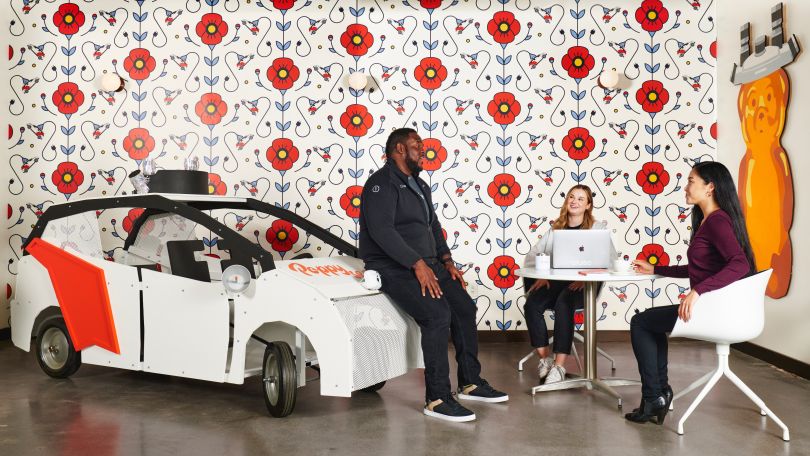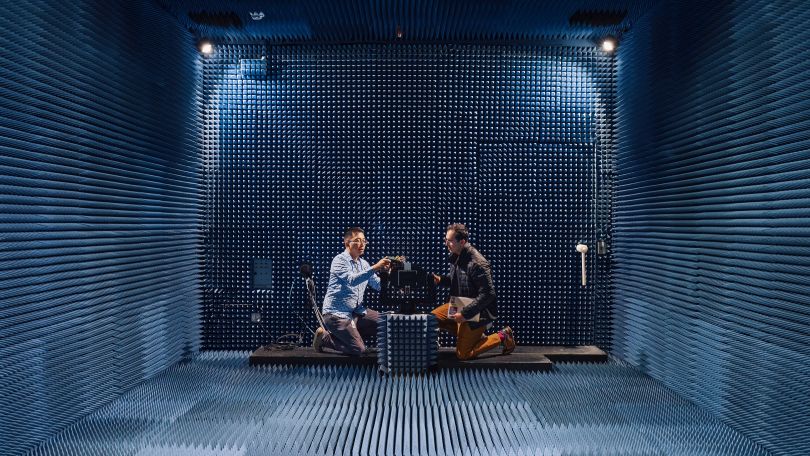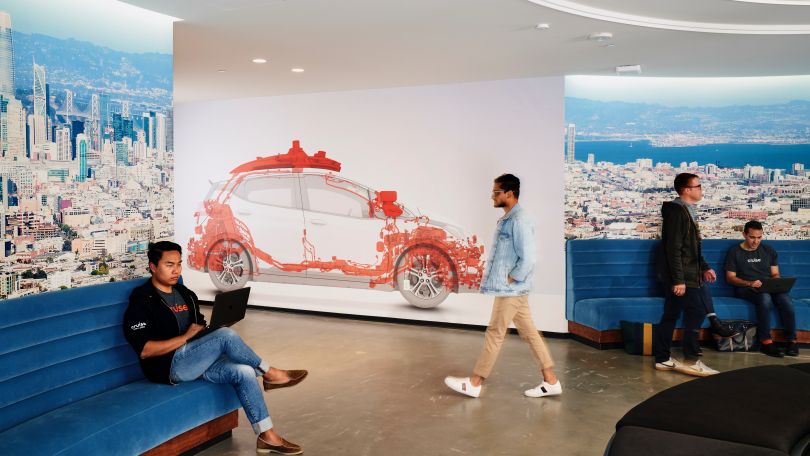
Inside Cruise's Essential Tools: The Technology Keeping Self-Driving Cars Running
A first ride in a driverless vehicle feels surreal and exhilarating, but the novelty quickly gives way to normalcy - exactly as intended. At Cruise, where autonomous vehicles have completed over 3 million testing miles, the focus is on making self-driving technology both universal and unremarkable.
The company's fleet navigates more than 20,500 intersections, 3,000 cut-ins, and 3,000 double-parked cars daily, supported by nearly 3,000 employees, including a majority of engineers. This massive scale requires innovative internal tools:
Starfleet
- Monitors autonomous vehicles across San Francisco
- Tracks vehicle status, routes, and configurations
- Enables rapid response to events affecting multiple vehicles
- Scaling to support fleet expansion to Phoenix and Austin
Cruise Shells
- Provides customized virtual machines for developers
- Allows engineers to specify daily computing needs
- Saves significant time and resources
- Supports 1,000+ engineers with parallel configurations
WebViz
- Browser-based visualization tool showing car-captured data
- Features future time prediction sliders
- Displays camera feeds, velocity plots, and graphs
- Uses advanced web technologies like WebGL and Web Assembly

Electric car charging in garage
The engineering team focuses on continuous innovation through quarterly hackathons, with many successful projects becoming core tools. Data drives decision-making, from optimizing storage space to improving load times for gigabytes of vehicle data.

White sports car with racing stripes
Safety remains paramount, with extensive testing and monitoring systems ensuring reliable performance. As the technology becomes more mainstream, the goal is to make autonomous driving so safe and reliable that it becomes utterly unremarkable.

Two men discussing at office meeting
The impact of this work extends beyond convenience - it's about creating cleaner, safer, and more affordable transportation solutions. Cruise's technology aims to eliminate road fatalities and revolutionize how people move from place to place.

Men seated in modern office lounge
Engineering teams continue to push technological boundaries, solving unprecedented challenges in machine learning and autonomous systems. Their work represents a significant step toward a future where autonomous vehicles are an integral part of daily life.

Men sitting on rooftop patio
